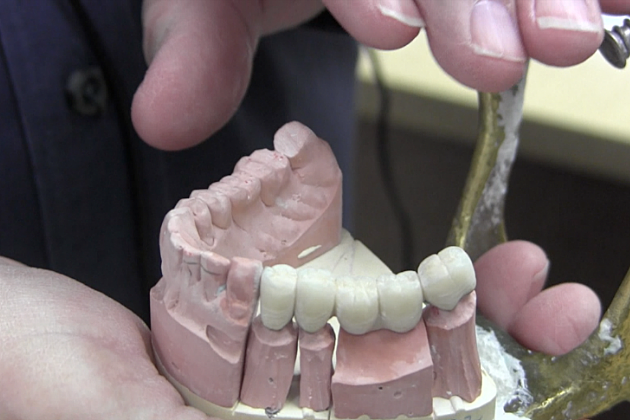Dental anxiety in children can be a significant hurdle when it comes to providing pediatric dentistry services. However, several techniques have proven effective in easing this anxiety and ensuring a positive dental experience for young patients. Firstly, creating a child-friendly environment in the dental office plays a crucial role. This involves decorating the waiting and treatment rooms with bright colors, engaging wall art, and comfortable furniture tailored to children. Such an environment helps to distract children from their fears and make them feel more relaxed. Secondly, effective communication between the dentist and the child is paramount. Pediatric dentists are trained to use age-appropriate language and a friendly tone to explain procedures in a non-threatening manner. This approach helps children understand what to expect during their visit, reducing uncertainty and fear.

Another technique widely used is behavior management techniques such as positive reinforcement. Dentists often praise children for their cooperation during examinations or treatments, reinforcing good behavior and building confidence. Simple rewards like stickers or small toys can also serve as incentives and create a positive association with dental visits. Additionally, distraction techniques are highly effective in minimizing anxiety during dental procedures. Many pediatric dental offices provide distractions such as TV shows, movies, or interactive games to divert children’s attention while the dentist works. This helps to alleviate anxiety by focusing the child’s attention away from the procedure itself. Moreover, the use of sedation or anesthesia may be considered for children with severe dental anxiety or those undergoing extensive treatments. Pediatric dentists are trained to administer sedatives safely and effectively, ensuring the child’s comfort throughout the procedure. However, this approach is used judiciously and only when absolutely necessary, considering the child’s overall health and specific needs. Furthermore, involving parents in the dental visit can greatly reduce anxiety in young children.
Allowing parents to accompany their child during the examination or treatment provides reassurance and emotional support. Moreover, parents can play a crucial role in preparing their child for dental visits by discussing the importance of oral hygiene and maintaining a positive attitude towards dental care. Lastly, ongoing education and preventive care are essential components of pediatric dentistry services aimed at reducing dental anxiety. Dentists educate both children and parents about proper oral hygiene practices, the importance of regular dental check-ups, and preventive measures such as fluoride treatments and dental sealants. By emphasizing the role of prevention, dentists can help children develop healthy habits early on and minimize the need for invasive treatments. In conclusion, easing dental anxiety in children requires a multifaceted approach that includes creating a welcoming environment, effective communication, behavioral techniques, distraction methods, judicious use of sedation, parental involvement and visit https://www.dentistredmond.com/redmond/sedation-dentistry/, and emphasis on preventive care. By employing these techniques, pediatric dentists can ensure that children have positive dental experiences and develop good oral health habits that last a lifetime.


